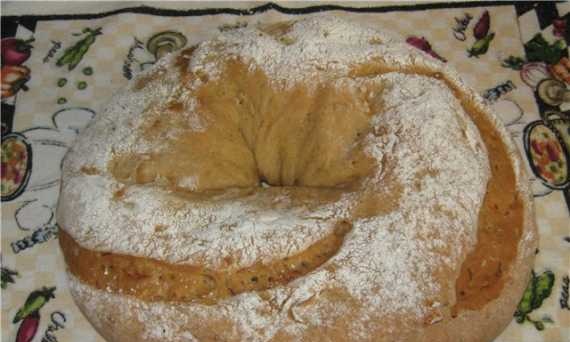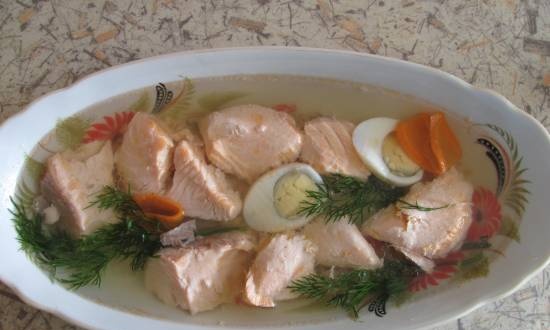History of cereals - what do the names of cereals mean |
|
The names of cereal crops are so unusual, and just as incomprehensible to the majority, although by and large, few people think about their origin. But if you go through each name, you can find a lot of curious phenomena.
For example, we all love wheat, from which the bulk of baked goods and breads are made. Without wheat flour, or rather without a viscous, binder, which is called gluten. The word wheat comes from the words plow, to plow. Moreover, the ancestor of the word was still the word millet, from which nutritious, satisfying millet porridge was prepared. The second most popular cereal for the preparation of flour products is rye. You cannot make baked goods from it, but without it you cannot bake sweetish, healthy, dietary bread. Black is so beloved by all of us, because it can be made with a large proportion of additives (hops, malt, bran, etc.).
The word rye means rust, red, and it comes from the type of cereal itself. Red-haired, sunny, absorbing the energy of the sun itself. And that is why he gives birth. Rye, woman in labor. Grain that gives strength and nourishes. An original, root plant, without which the nutritional value of bread products would be reduced to a minimum. By the way, if we go back to the more ancient semantics of the word, then the word rust can be equated with Ra, the sun. Other grains such as oats can be used in bread baking. Oats, as a term, have the same sound basis in many languages of the world. These words are: owies, ovsa, wows, aviza, oves, ovos, avena. Are they not very similar? This suggests, first of all, that it is senseless to look for analogies and semantic connotations of the name of the cereal in Russian, but it is necessary to delve into more ancient linguistic foundations. The word avena actually meant simply cereals, meaning oats were originally awarded the palm as arguably the most important and valuable nutritious food of all time.
Next, we touch on buckwheat, buckwheat grain. It is also used for making additives for baking and making certain types of bread, although there is almost no gluten in buckwheat flour and the bread from it is brittle and crumbly. When using such flour, eggs or other impurities must be added. If it is impossible to buy flour, then you can use a variety of household appliances for the kitchen, the same grinder. The word buckwheat comes from the word buckwheat, Greek groats. Initially, buckwheat was grown in India, where it was used as a medicinal plant, and the stem, and fruits, and inflorescences, and rhizomes were consumed as food and for domestic needs.
And finally, the word is bread! Where did it come from? Let us be fed with our bread. We'll feed on heavenly manna. Biblical expressions. And from there it is necessary to draw initial historical information. Bread, bread, slurry, slurp, klibanos (pots for preparing food loaf), stew. What does this word mean? About its semantic purpose. To gulp means to eat liquid, filling food. Bread is food. Just food. When we are hungry, a simple slice of bread replaces our entire diet, and there is nothing more expensive than sweet, baked bread with simple milk. Even if this is not so correct from a nutritional point of view, but how delicious it is! |
| Rye bread | Note to the hostess: features of choosing a bread machine |
|---|
New recipes








